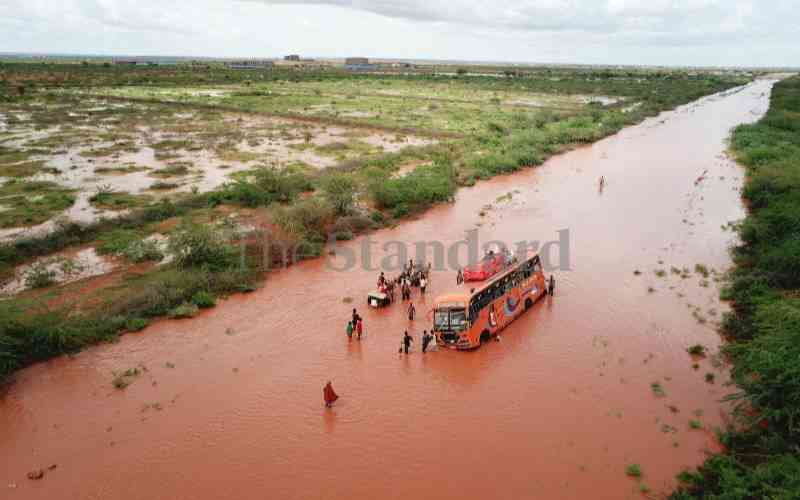
This year's long rain season is with us, and it is a welcome relief. The reality is that, the rain will either be used rewardingly or disappear into the wilderness. The agriculture sector uses the largest amount of water - about 80-90 per cent of physical water resources. This is mainly through irrigation systems. However, rain-fed agriculture is today still the most common food production system.
About 95 per cent of agricultural land in sub Saharan Africa (SSA) is under rain-fed system. Irrigated food production system covers only a small portion. Furthermore, rain-fed agriculture feeds over 60 per cent of population in SSA. The rain-fed agriculture in SSA will remain an important source of food and fodder, now and beyond. Yet it operates under continuously variable rainfall pattern.